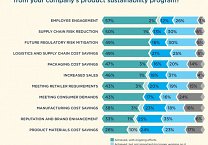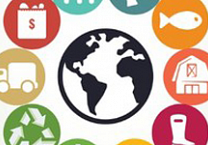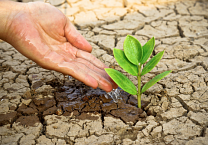Preserving the Forests of Borneo From Palm Oil’s Pull
by Tara Gallagher
10 September 2012
It was twenty years ago that I first read Eric Hansen’s classic “Stranger in the Forest: On Foot Across Borneo” and was immediately transported to a fantastical world bursting with magnificent riches. Hansen trekked almost 1,500 miles through forest so dense that the local people were pale-skinned from lack of sunlight. This world is now being relegated to the realm of fantasy — victim to the world’s growing demand for palm oil.
A photo gallery in Yale Environment 360 revealed the bulldozing and destruction occurring on this vast tropical island in heartbreaking detail. But the accompanying article by Rhett Butler held a measure of hope for a forest in the Malaysian state of Sabah. Sabah is in better shape than neighboring Kalimantan, the three-quarters of Borneo that is part of Indonesia, where 56 percent of protected lowland forest was cut from 1985 to 2001.
Can we at least get it right in Sabah? The jury’s still out.
The tract, about half the size of Massachusetts, was the beneficiary of a unique partnership. The forest is run by a state foundation that oversees sustainable logging over an 80 year period and channels profits to health and education programs. In theory, that is. Local politicians have gotten rich logging about 75% of the forest leaving only fragments of primary forest intact. Now the state’s Director of Forestry Sam Mannan is trying a new approach – converting 10% of the land to palm oil plantation to provide funding and restoring the remainder so it can be selectively logged following Forest Stewardship Council guidelines.
This gives us a sadly constrained way to measure success in the fight to preserve Borneo’s unique forests from the lure of palm oil. It is not preservation of primary forest; it is a partial restoration of forest to provide a long-term livelihood for local people and to preserve limited habitat. To assist in this effort, the grassroots group Forever Sabah is pushing the state toward a sustainable economy while Heart of Borneo, a World Wildlife Fund initiative, is working to protect and link key remaining forests.
Will these efforts be effective and will they be enough? As palm oil plantations spread from Indonesia and Malaysia to Africa and South America, will Sabah’s experience provide useful lessons or merely be a cautionary tale?
Photo credit: Rhett Butler
Written by Tara Gallagher
Tara Gallagher, a Senior Advisor at Pure Strategies, specializes in developing and communicating sustainability strategies. An expert in CSR reporting, she wrote the award-winning 2007 and 2008 Seventh Generation Corporate Responsibility Reports as well as the company's 2009 - 2014 reports. Tara has also developed CSR reports and/or other CSR communications for The North Face, EMD Millipore, and numerous other companies. A recipient of the GRI-G4-certified training on the GRI sustainability reporting process, Tara has facilitated materiality assessments for several clients.












